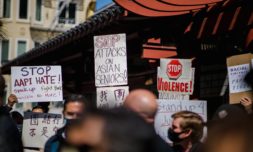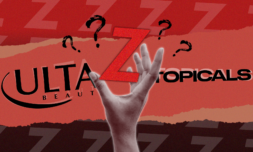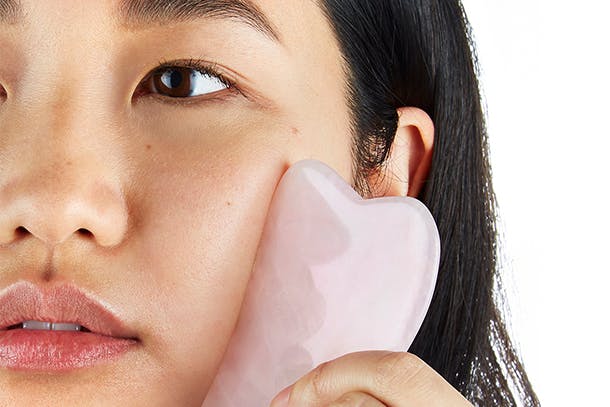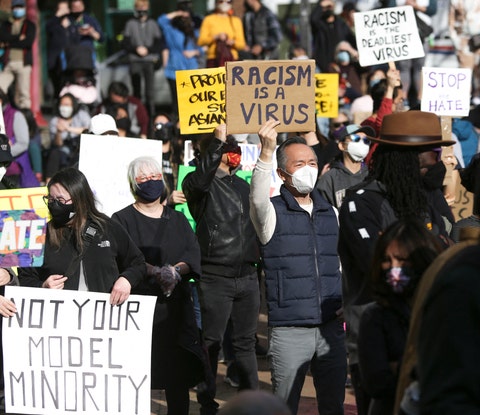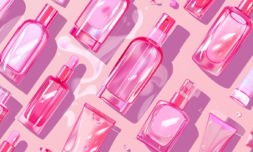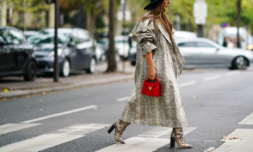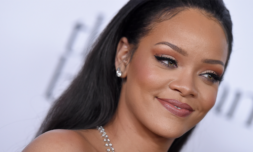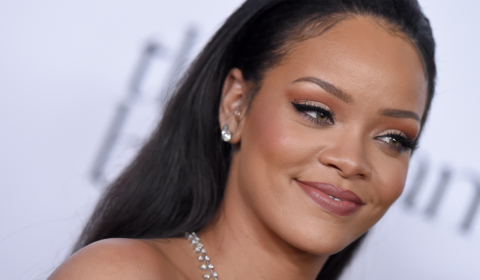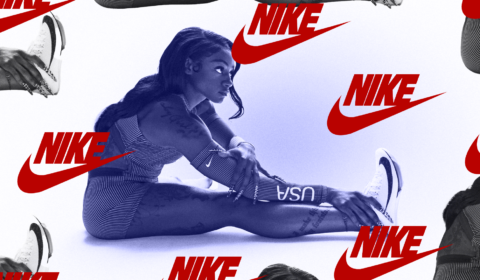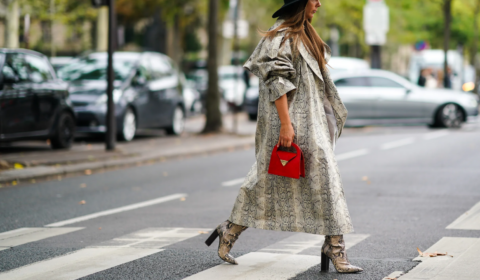Members of the AAPI community are concerned that the increasing trendiness of TCM in Western wellness routines is detracting from its cultural significance.
In our wellness-obsessed world, people are constantly clamouring for the next trendy product to feature in their skincare routines. The latest craze is a traditional Chinese medicine practice (TCM) that’s proving to be exceptionally popular around the globe.
Gua sha (pronounced gwā sā) is commonly used to alleviate muscle soreness, pain, and certain illnesses, as well as increase blood flow by using the ancient scraping tool across certain areas of the body, primarily the face.
It has been passed down for generations and is based on the idea of a connection between one’s mind, body, and energy.
Nowadays, gua shas are heralded by wellness gurus as miracle tools with a myriad of benefits such as contouring, helping with the absorption and efficacy of skincare products, and minimising the appearance of ageing.
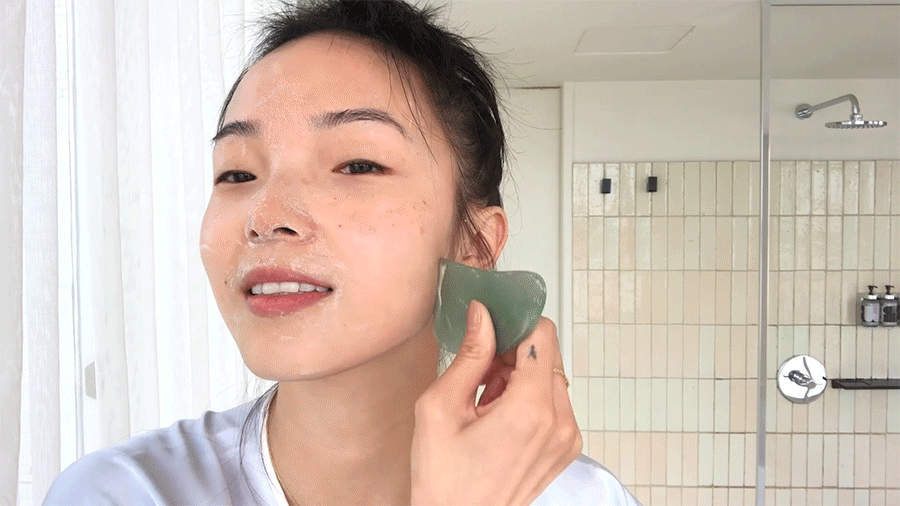.gif)
.gif)
Plaguing our social media feeds in the hands of beauty bloggers and Instagram influencers convinced of its ‘healing properties,’ its cultural significance goes back centuries, but much of its history and meaning has been lost.
This comes down to the industry’s frequent tendency to co-opt Asian beauty practices for its own fortune without giving necessary attention to those responsible for them.
Not only does capitalising on this product fail to give credit where it’s due, but it exploits natural resources and creates unsafe labour conditions for the underpaid workers excavating the sought-after material.
This is contributing to yet another crisis akin to that of fast fashion, with gua shas currently being sold on AliExpress for a mere $2.84.
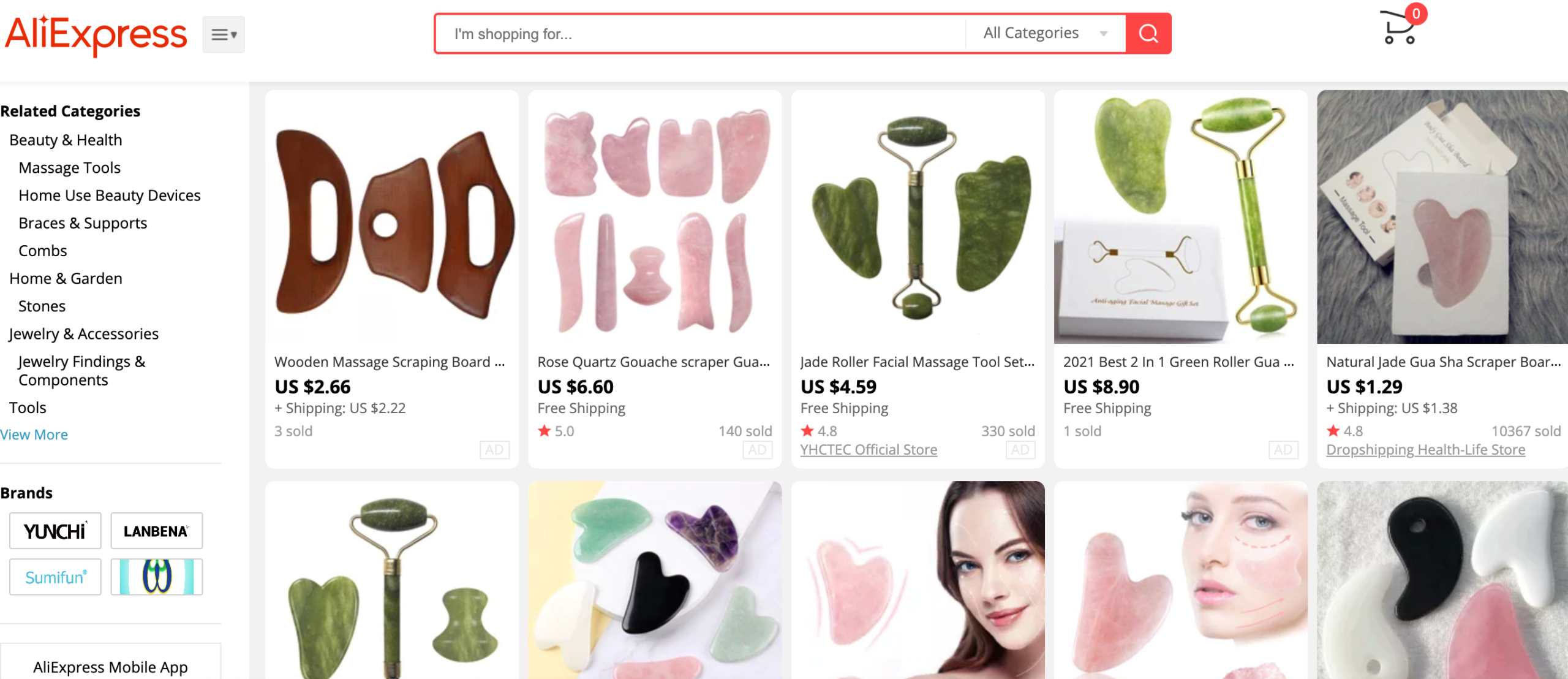

Many big-name brands have jumped at the opportunity to mine cultures for their beauty rituals, offering them in a disposable way with little-to-no acknowledgement of their origins.
TCM practitioner of over 10 years, Jaclyn McPherson, explains how this is a form of cultural appropriation. ‘Chinese medicine is thousands of years old, so it’s very disrespectful for brands to say they’ve innovated it,’ she says.
‘This just isn’t true and is causing harm because it’s part of Indigenous medicine. It’s complete cultural appropriation and colonisation that reduces our traditions to a monetised aesthetic expression.’
McPherson is referencing a large majority of White-owned companies that are falling short in terms of respecting both their consumers and the people working for them behind the scenes.










